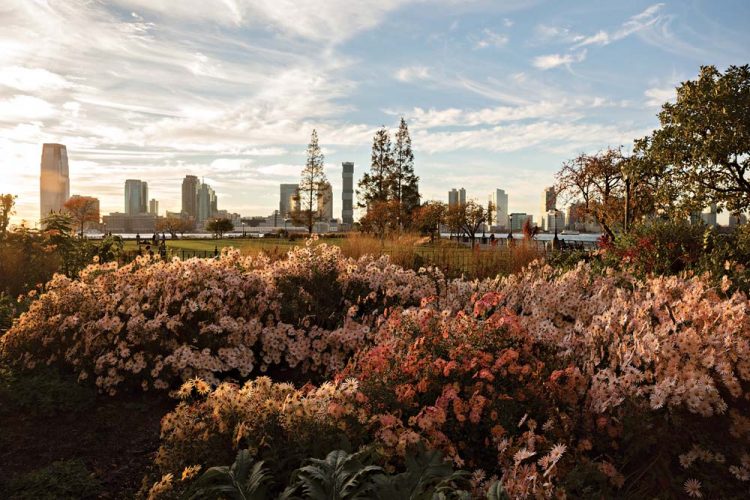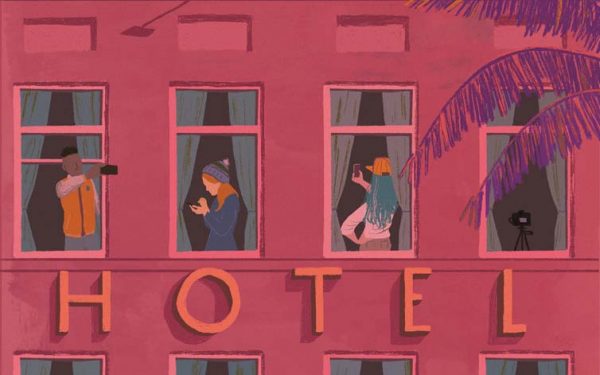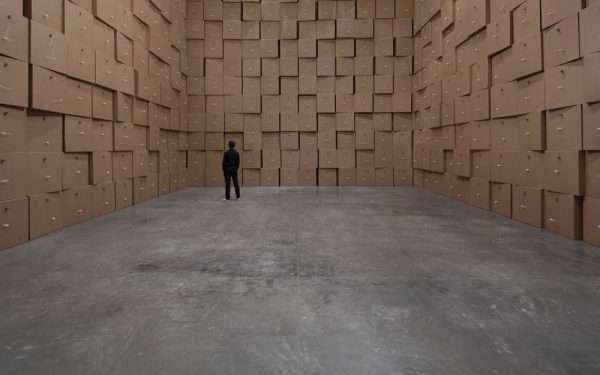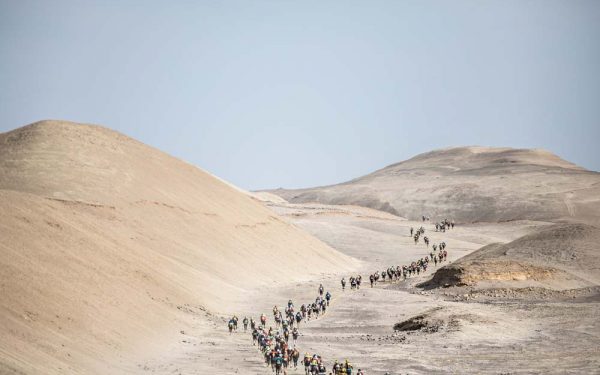Wall Street has started to move, and that’s quite alright with lower Manhattan. As powerhouse financial firms from Deutsche to BlackRock take their leave, empty spots are quickly being filled by the new crop of tech and creative heavyweights helping to Downtown shift from quiet financial centre to dynamic, liveable district.
This shift in industry can in part be attributed to purposeful action – New York, oft-cautious of the cyclical boom and bust of the financial industry, has been aggressively wooing tech firms since the 2000s – but in other ways, a natural consequence borne out of two decades of upheaval.

When the Dutch settled in Manhattan in the 17th Century, a stockade was built in order to protect their settlement, now known as Wall Street. Brokers signed an agreement under a buttonwood tree at 68 Wall Street that would organise securities trading in the city, which eventually morphed into the New York Stock Exchange. With that, Wall Street was established as the beating heart of New York’s Financial District for the next three hundred years.
It was only in the 1990s that things began to shift. A brief recession in 1990, alongside a downtown revitalisation plan that incentivised the conversion of commercial properties to residential, started to bring about the movement of financial firms to Midtown. Then, 9/11 happened. On 11 September 2001, when 2,996 people were killed and 6,000 injured in the terror attacks, the ensuing damage to the district sped up what was already a steady migration of institutions to Midtown. Nearly two decades later, after US$30+ billion of governmental and private sector investment into the area, it has transformed into tourist must-see, and tech hub.
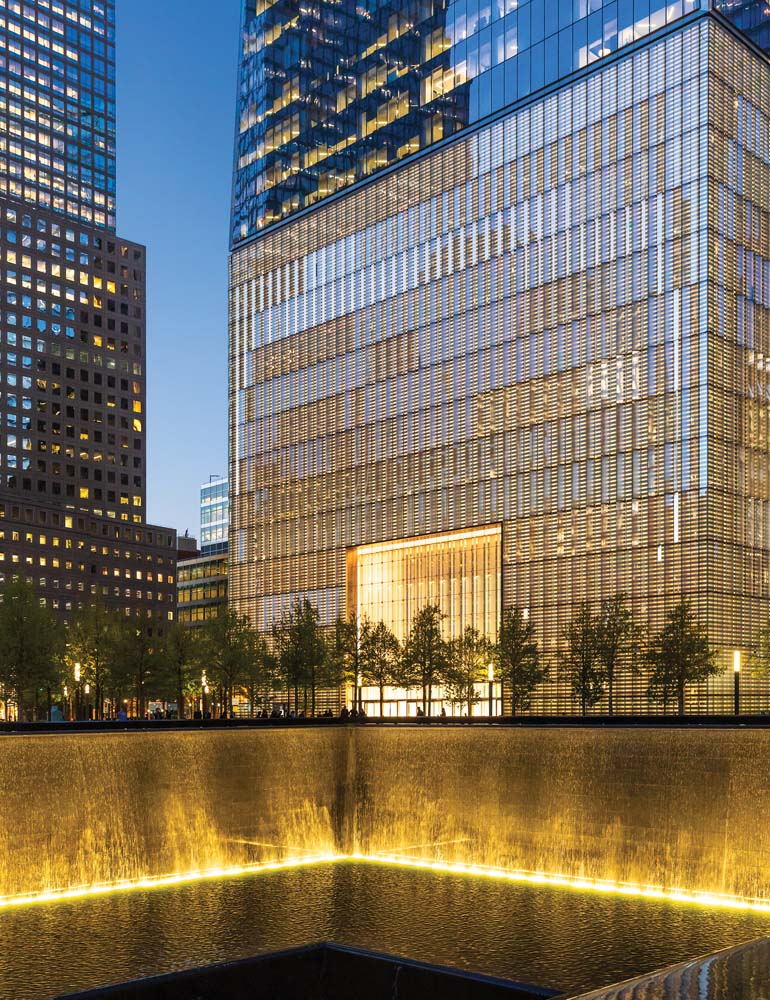
Andy Breslau is Senior Vice President of The Alliance for Downtown New York, a non-profit founded in 1995 to enhance the quality of life in Lower Manhattan. “When we started, commercial vacancy rate was close to 20 per cent,” he says. “Back then there were very few places to eat, shop – live. It was moribund after 5pm; an employment and corporate monoculture.”
Since then, the area has blossomed. General population has more than doubled and the number of children living in the area tripled within a fifteen-year window. In 2008, financial firms occupied 55 percent of office space. Now that number has dropped to 35 percent, with FIRE’s (Finance, Insurance and Real Estate) historical dominance in the area replaced by those in the TAMI industries – technology, advertising, media and information.
One of the biggest recent developments that epitomises the area’s transformation is One Wall Street. Originally built in 1931 for investment bank Irving Trust, the 56-storey art deco building lived and breathed finance: intersecting Wall Street and Broadway and adjacent to the New York Stock Exchange.
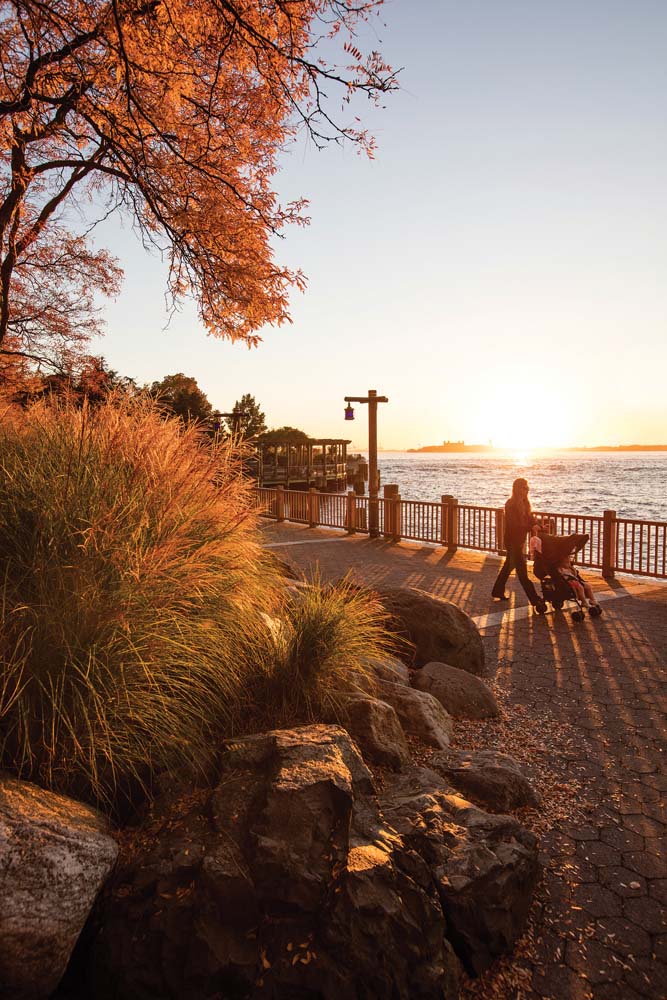

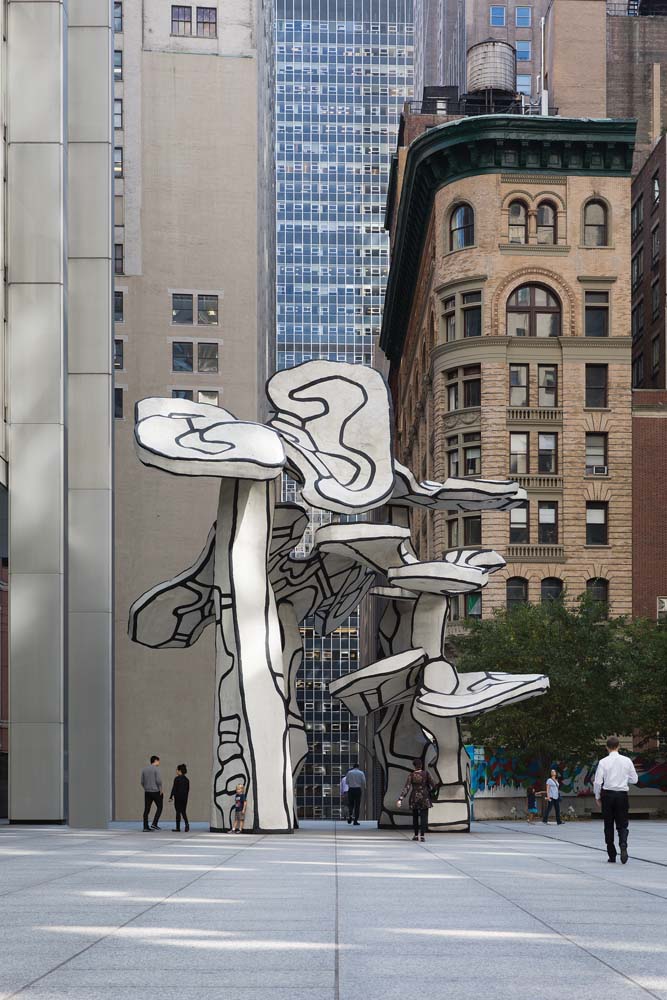
That is set to change, as Macklowe Properties acquired the building in 2014 and has since set about converting it into 566 condominiums, as well as ground floor retail space that includes Life Time Fitness and Whole Foods. The development has generated significant buzz – not just for its prestigious location, but also for its status as the largest office to condominium conversion in New York’s history.
It will accommodate, says Macklowe’s Director of Marketing, Richard Dubrow, the area’s increasing creative population.
“We have Spotify here, Google, Condé Nast, Time Inc., Harper Collins – as well as the secondary and tertiary companies to support them. It becomes a clustering effect. Now that there is this concentration of young people with a good salary and perhaps more of a creative focus, there are a lot more restaurants, bars and nightlife opening up.”
It was just a few blocks south that first gained tech hub status – Midtown, or ‘Silicon Alley’. The area enjoyed a heady period of growth for about a decade, only to be unceremoniously stripped of its nickname when the Dot-com bubble hit. Now Downtown is the new epicentre of a booming industry, thanks in large part to Google. In December 2018, it began an estimated US$1 billion construction on offices occupying three separate buildings in the Hudson Square neighbourhood – two on Hudson Street and one on Washington. They serve as a significant expansion of the tech group’s already considerable presence in the city, which includes the US$2.4 billion purchase in March of Chelsea Market, a former biscuit factory-turned shopping mall and office complex.
As TAMI cements its foothold, gone are the silent skyscrapers and streets that empty out of a weekend. Now, office workers dress in jeans, rather than suits. Tourists may come to tick off the must-see landmarks – the Woolworth Building, the Oculus – but they, as well as locals, stay for the influx of new restaurants and designer boutiques. Eater designated the humble Joe Rong’s US$10 rice rolls in Canal Street Market as one of its hottest dining spots, while upmarket options like Il Buco, Wolfgang Puck’s CUT or Italian market Eataly NYC throng of a weekday evening.
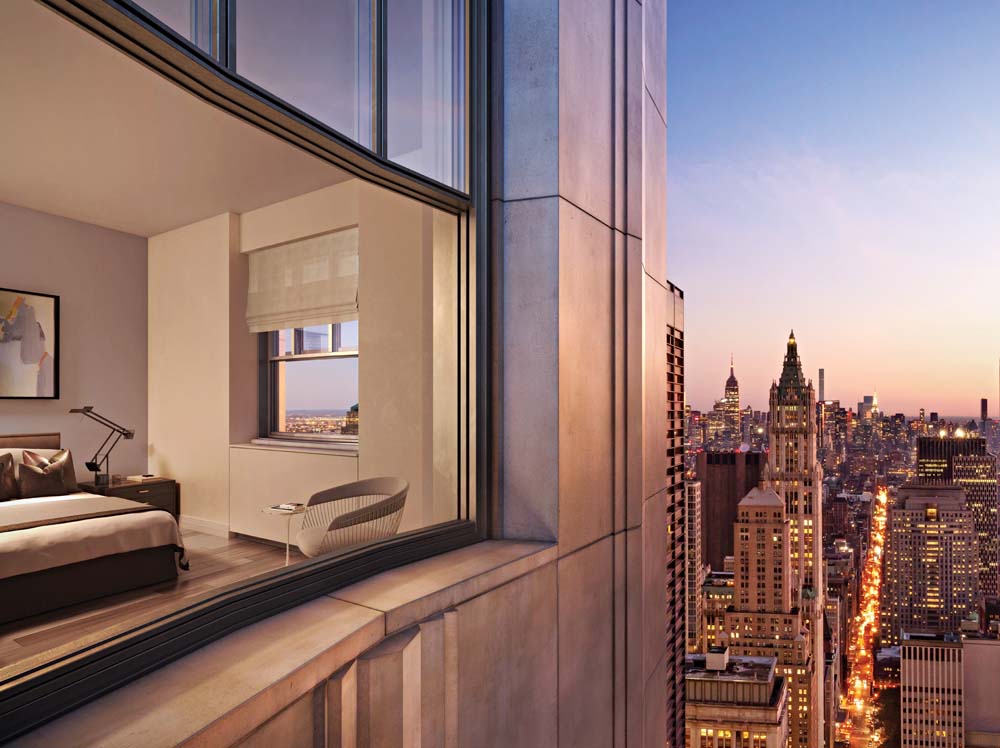
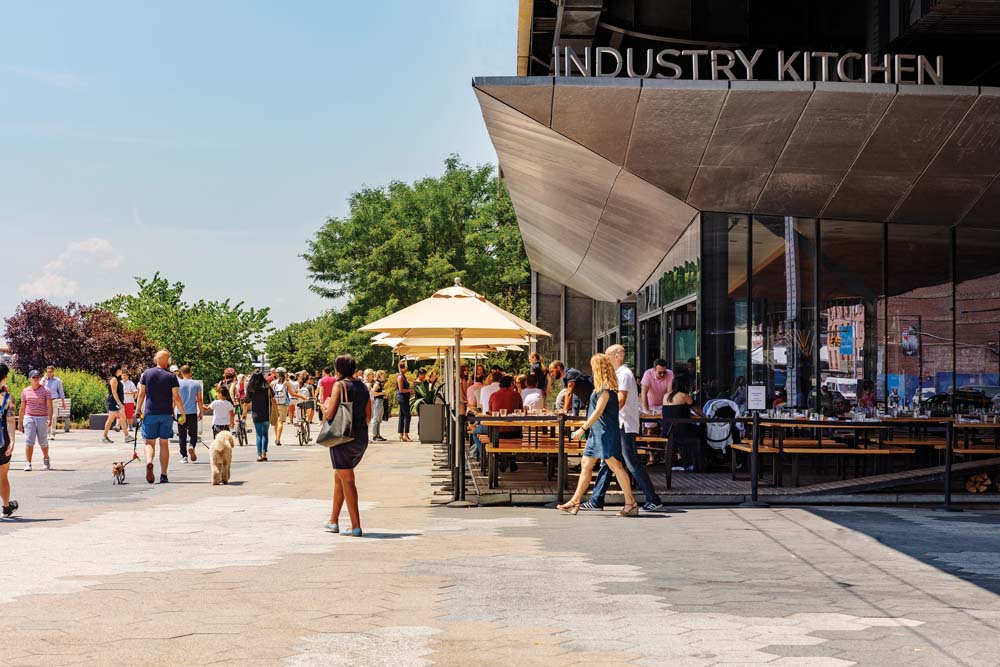
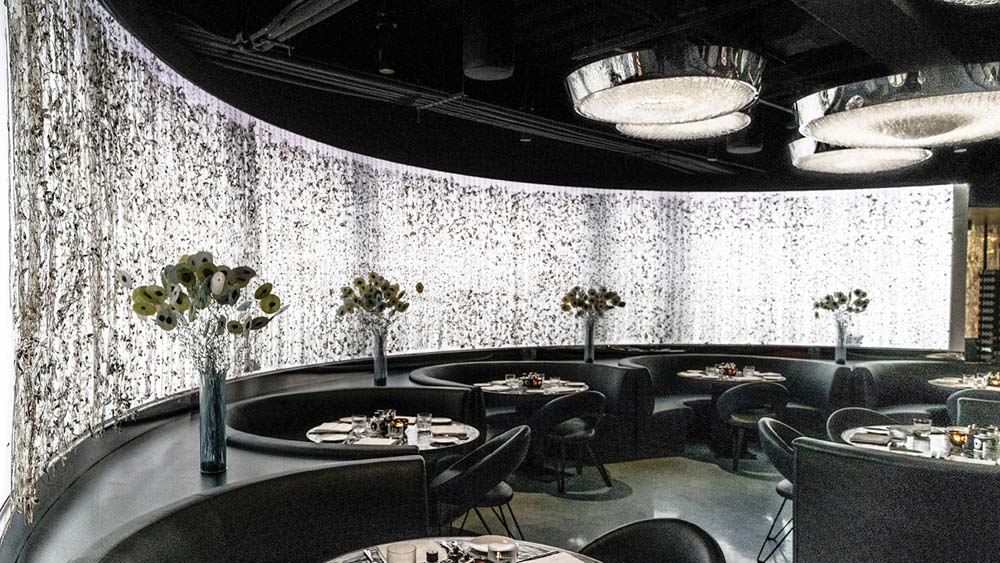
South Street Seaport, a former merchant’s port at the island’s tip, has made concerted efforts to both preserve its original architecture as well as attract tourists. Internationals that include Milan’s 10 Corso Como have put down roots, as well as local design houses. The area is still fairly subdued, but watching tourists browse through Sies Marjan knitwear and Flos lamps, there is the feeling of a quiet, design-led resurgence. “It’s so cool to see how much this area has flourished,” says a sales associate at Cynthia Rowley, a local designer that has a boutique on Seaport. “It feels almost like a rebirth.”
Now home to a 61,000-strong population, Downtown’s residents and tourists are well served in terms of transportation; US$6.4 billion of the US$30bn sum was spent on expanding the area’s transit infrastructure, which includes 30 bus routes, 20 ferry routes and 28 Bikeshare stations. At its core is PATH, the beating heart of Manhattan that connects the island with popular commuting areas like Hoboken and Jersey City by train.
Back on One Wall Street, construction reigns omniscient. Currently the property is in what one could generously call its tabula rasa stage – rooms are stripped rooms and service lifts clank up and down the 56 floors endless times a day. Although the interiors will bear little resemblance to their former incarnation as offices, Dubrow explains that the team have been conscious of the building’s 1930s heritage.
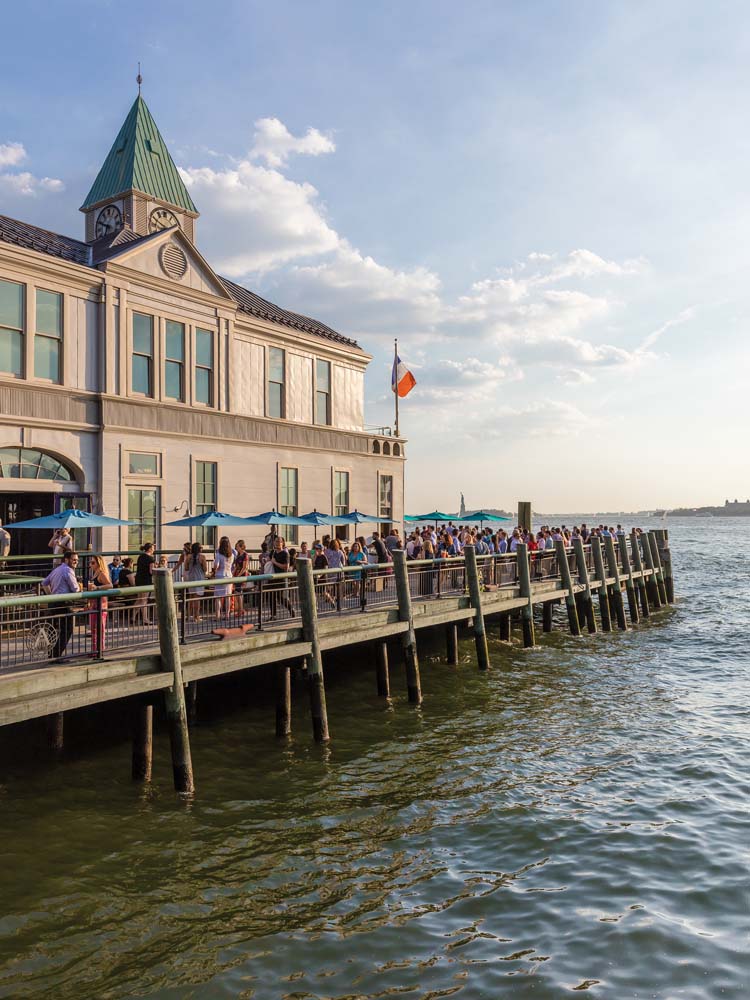
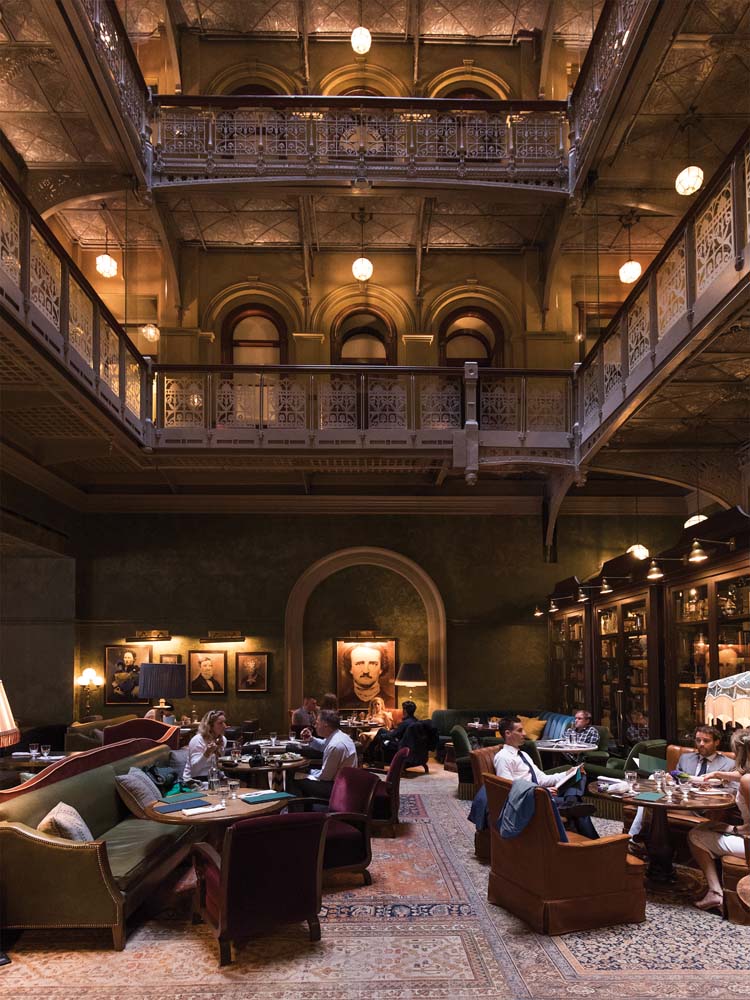
Originally designed by Ralph Walker, The New York Times’ ‘Architect of the Century, “We’ve been careful to maintain as many of its original features as possible,” says Dubrow, pointing to the retention of the limestone façade and a 5,000sqft, floor-to-ceiling mosaic by muralist Hildreth Meière.
Elsewhere, amenities stretch the limits of one’s imagination. An enclosed pool, co-working space, roof deck overlooking New York Harbour – even, it is rumoured, a dog groomers.
Up in the rafters in a soon-to-be built penthouse, the views are historic. The Woolworth Building; Staten Island ferries chugging along the Hudson; the Statue of Liberty glinting in the distance. In their midst, the creatives, the tourists, the techies – all creating the future history of a new Downtown.

